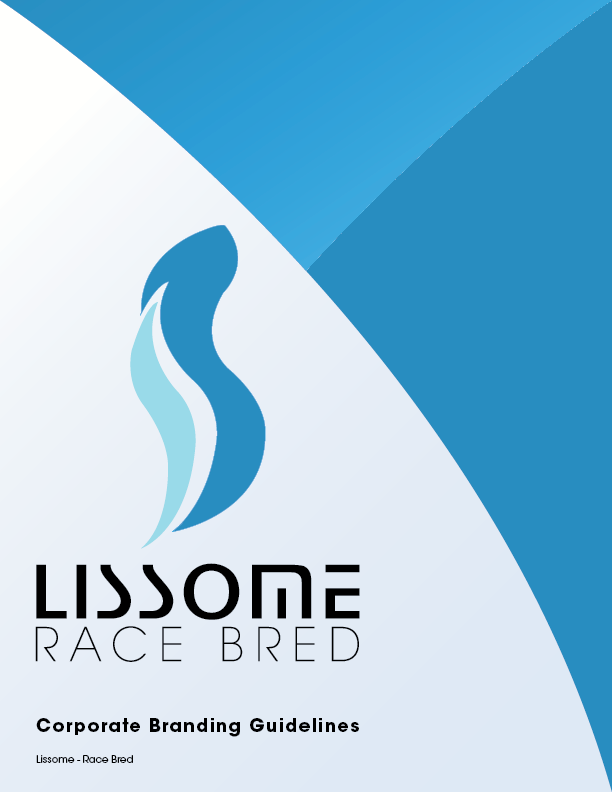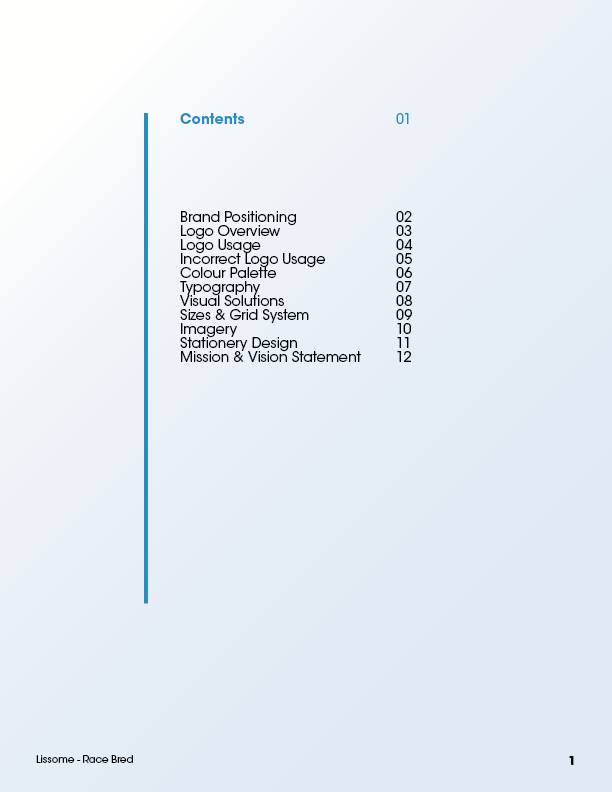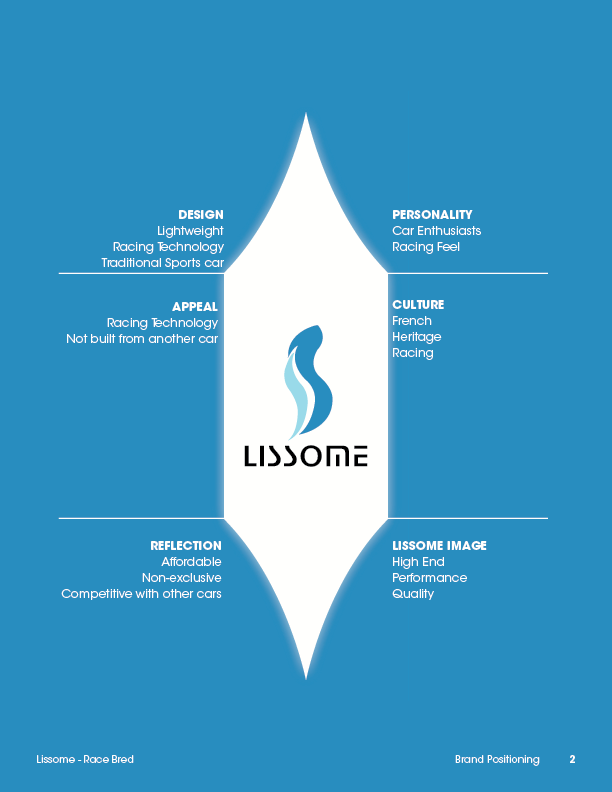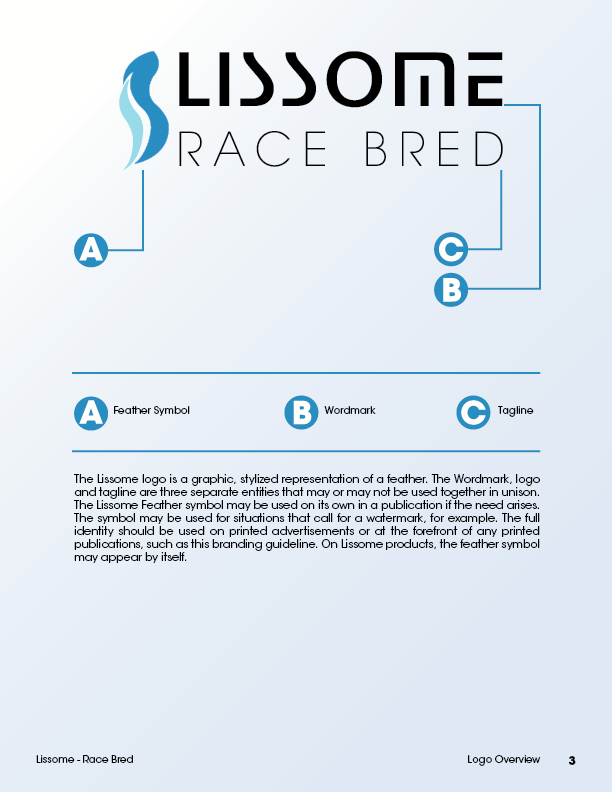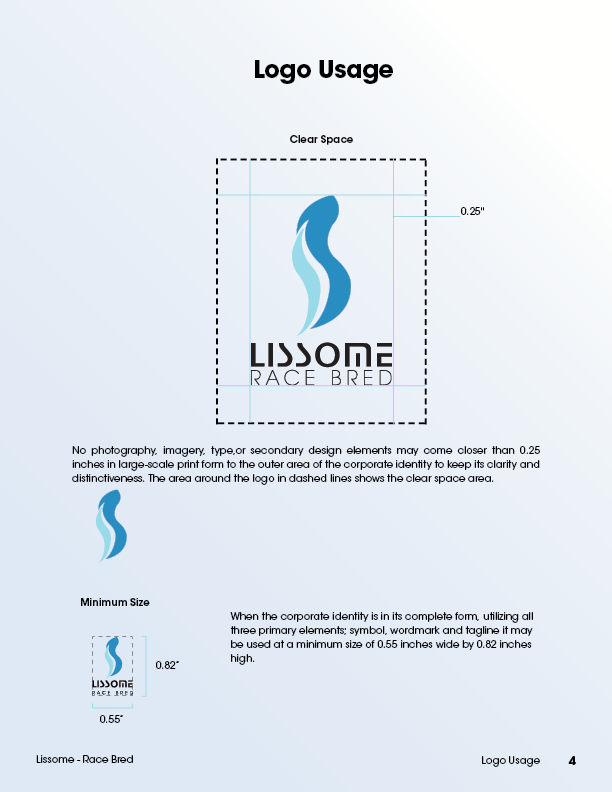Alright, so long story short, I had a teacher I think I could safely say was bad - especially at communication - and Branding is something that I was supposed to be taught in their class. I think it’s sort of a skill by itself, failing to communicate at this level. Kind of like those movies that are so bad, they border on being good. This isn’t the first time i’ve encountered such a teacher. They stand, talk, and I can’t seem to recall the last 2-5 minutes of what was said. Or what is trying to be conveyed. I’m not sure how that’s possible, but it is. I think it’s mainly what is referred to as “fluff”. But anyway, enough foreword.
I would really like to share the branding guideline book I created as part of the branding project while during my time in college studying graphic design. Thankfully, to my satisfaction I basically understand everything from Typography to infographics to theory in illustration. It’s just this damn branding - specifically the VISUAL element of branding which makes no sense to me.
My thought process is simple. You’re a designer. You have a goal and your goal happens to be a specific design asset. Whether it’s a logo, an illustration, perhaps you’re a 3D modeller (I do that, too). A goal, is a goal, is a goal. An objective. I can watch video after video and interestingly I keep hearing the same thing about branding. “Feel”. “Mood”. Those types of words. Believe me. I understand it in CONTEXT. But for me as the DESIGNER. This means NOTHING. If any of you fine folks could please help me understand these mysterious, mythical design assets to me, that would be greatly appreciated.
And if it helps solidify where I stand on branding. Yes, part of a corporate identity is of course a logo. Typography is another. Colour. It’s kind of common sense. But what else am I missing? Which tangible design assets am I actually creating here?
Sorry about the long post, and if it may give off a rant-like feel. But “theory” doesn’t reciprocate well with me if it’s seemingly exaggerated and unnecessarily complicated purposefully. I like clear, to-the-point communication. And it’s a quality i’m willing to admit about myself; I’m extremely hesitant and nearly have a mental-block about showing or giving initiative into trying to understand someone I initially didn’t understand. If the circumstances are reversed, I would absolutely not end communication between myself and another person without them understanding what I am trying to communicate. Some people don’t believe in Big Foot. I don’t believe in two people speaking the same language and not being able to understand each other. 

